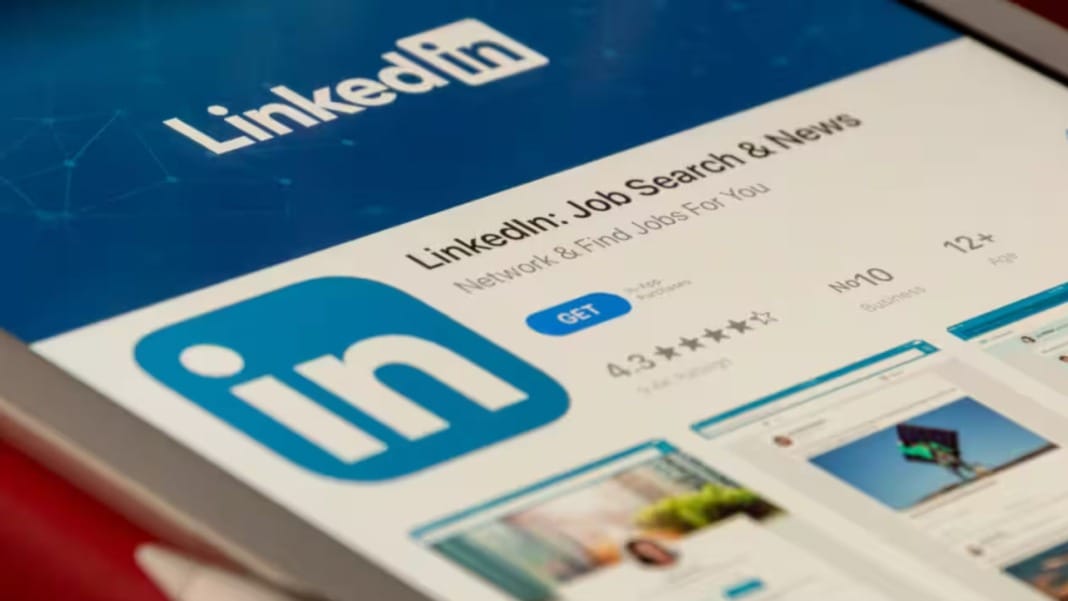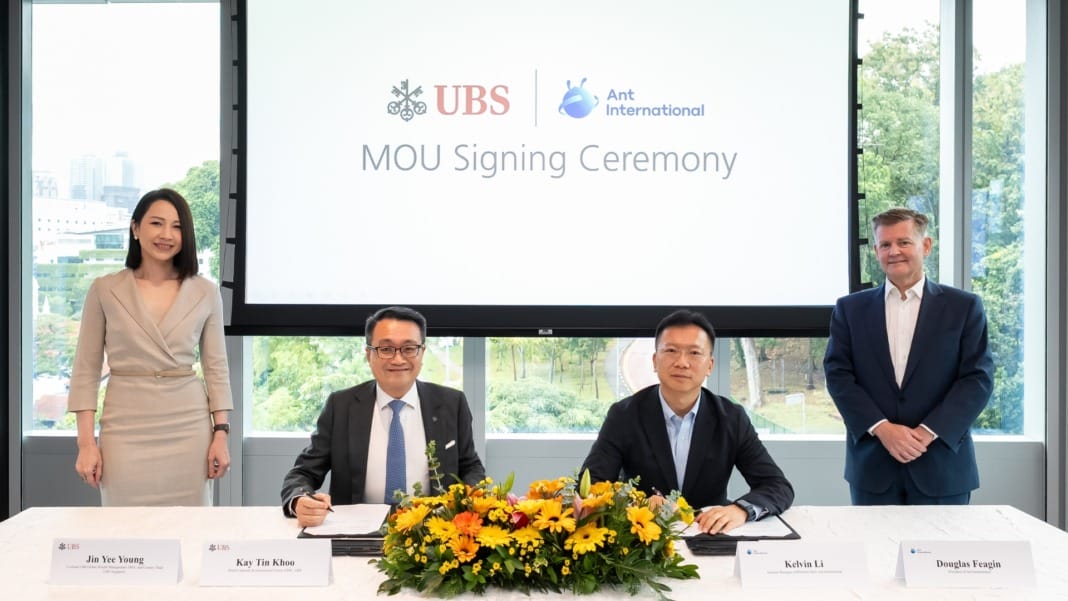LinkedIn is expanding its use of artificial intelligence with a new search capability designed to help users find the most relevant people more easily. The update aims to eliminate the need for exact job titles or complex filters, making it simpler for members to discover valuable connections across the platform.
Smarter search through natural language queries
The new AI-powered search tool enables users to type natural language queries, eliminating the need to rely on specific job titles or rigid filters. For example, LinkedIn members can now ask for “investors in the healthcare sector with FDA experience” or “who in my network can help me understand wireless networks,” and the system will interpret the request to deliver appropriate matches.
Previously, LinkedIn’s search function required precise wording or extensive filtering, which often meant valuable profiles were overlooked. The platform’s shift towards more intuitive search aims to solve this challenge by analysing queries in a more human-like way.
The company has already observed users experimenting with the feature during early testing. Many have used it to look for job leads, business opportunities and career guidance. As AI-driven search has already become standard on many major platforms, including Google, LinkedIn’s expansion into this area reflects a broader trend across the industry.
A phased release beginning in the US
LinkedIn is initially rolling out the AI-enabled people search to Premium subscribers in the United States. The company plans to expand its global access in the coming months, although it has not yet announced a specific date for wider availability.
Rohan Rajiv, Senior Director of Product Management, explained the motivation behind the update in an interview with TechCrunch. “If you didn’t know the right combination, the right person remained undiscovered,” he said. “The new AI-powered people search is designed to be the fastest path to the person who can help you the most.”
This phased rollout mirrors LinkedIn’s approach with other recent AI features, prioritising paid users before gradually introducing the tools to a broader audience.
More relevant results through connection and expertise ranking
LinkedIn states that the updated search tool operates by ranking results based on their relevance to the query and the user’s existing network. This means the platform will prioritise individuals who are more likely to provide value, whether through expertise, shared connections or industry alignment.
In a recent blog post, LinkedIn wrote, “Now, instead of static results, LinkedIn surfaces people with the right expertise, at the right time, turning connections into actionable opportunities.” The company says this approach should help users find not just any match, but the most meaningful ones.
The new system aims to transform the act of searching from a basic directory lookup into a more dynamic and personalised experience. By leveraging AI to understand user intent, LinkedIn aims to make professional networking more efficient and aligned with the needs of modern users.





